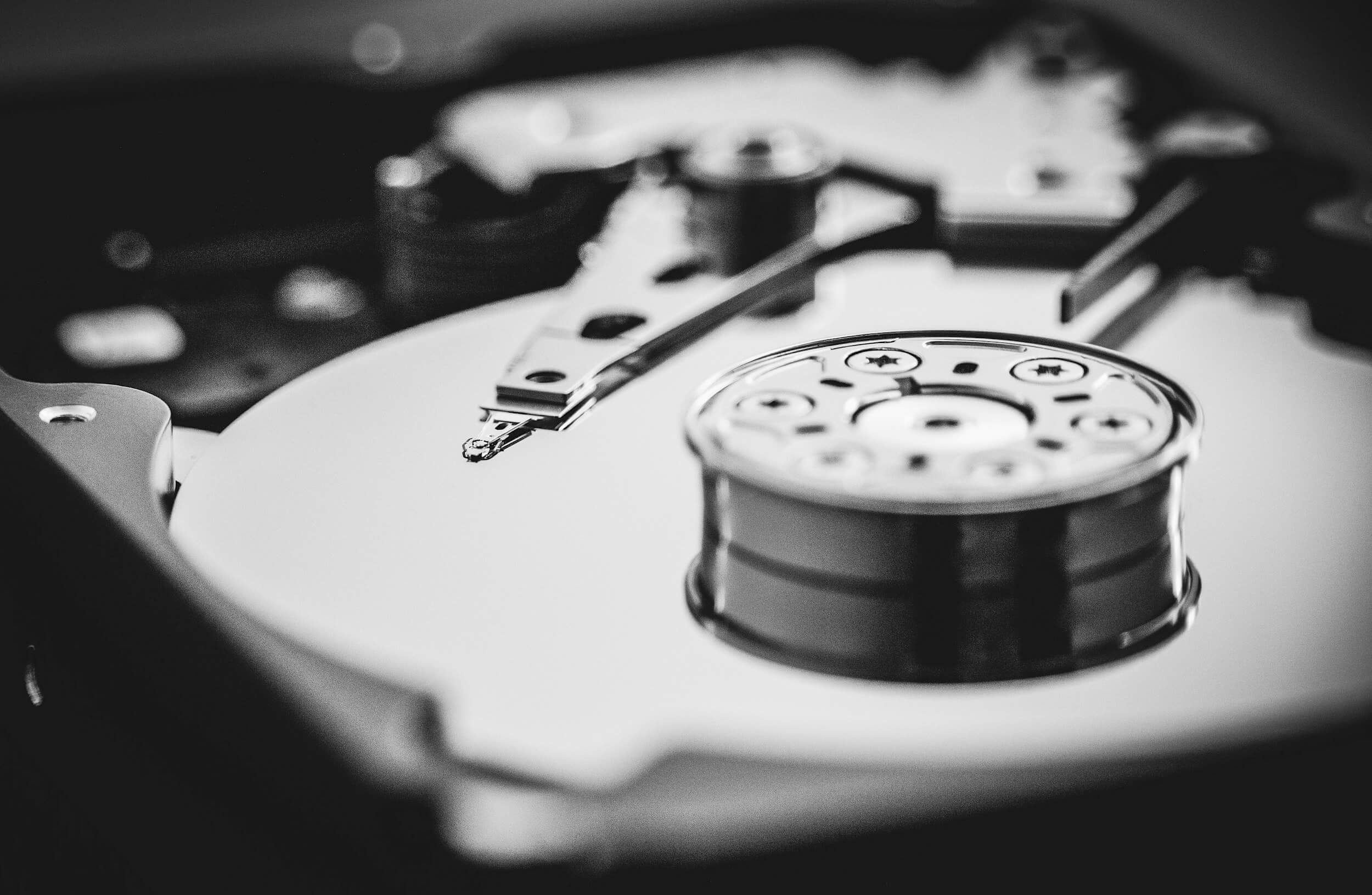In data centers, the most common way to store large amounts of data is HDD - magnetic disk drives, in which data is recorded using short, weak pulses of a magnetic field. Such storage systems are cheaper than solid-state storage systems and have more capacity.
At the same time, researchers and engineers continue to search for solutions to problems of energy efficiency and data recording speed, possibly using alternative influences - for example, current or even light. A promising technology that can lead to a breakthrough in the creation of new devices, plus - to increase the performance of magnetic recording, this is the use of laser pulses - opto-magnetic recording.
Research in this area has been going on for over 20 years, but the question of the practical application of such a recording is still open. On the reasons for this, a physicist from ITMO University and P.I. AF Ioffe Alexandra Kalashnikova with colleagues from world universities spoke in the journal Physics Reports.

The birth of the concept
1996 Physical Review Letters , , — — , . . , — , .
2007 — . — 40 .
. - . , (« » — !), ( — , ). , , .
, — 500 , , 10 : « , . . HAMR».

HAMR — Heat-Assisted Magnetic Recording — . , , . , . , , - .
— Seagate. HDD.
. — , . , , . .
, , . . — () .
? , - ?
, — . , , . 2017 , 10 .
, , . .
— , , . . 10–15 . HDD, , .
:
C , , science-
: «ITMO Research_»
: